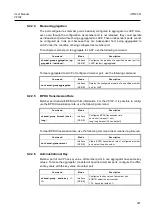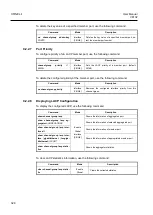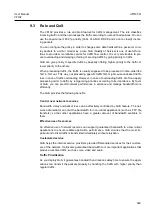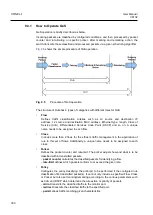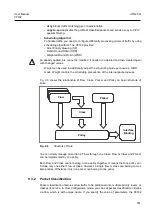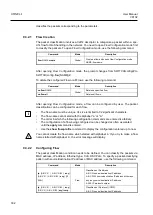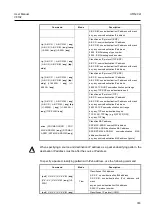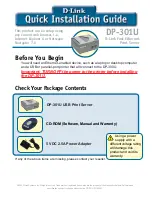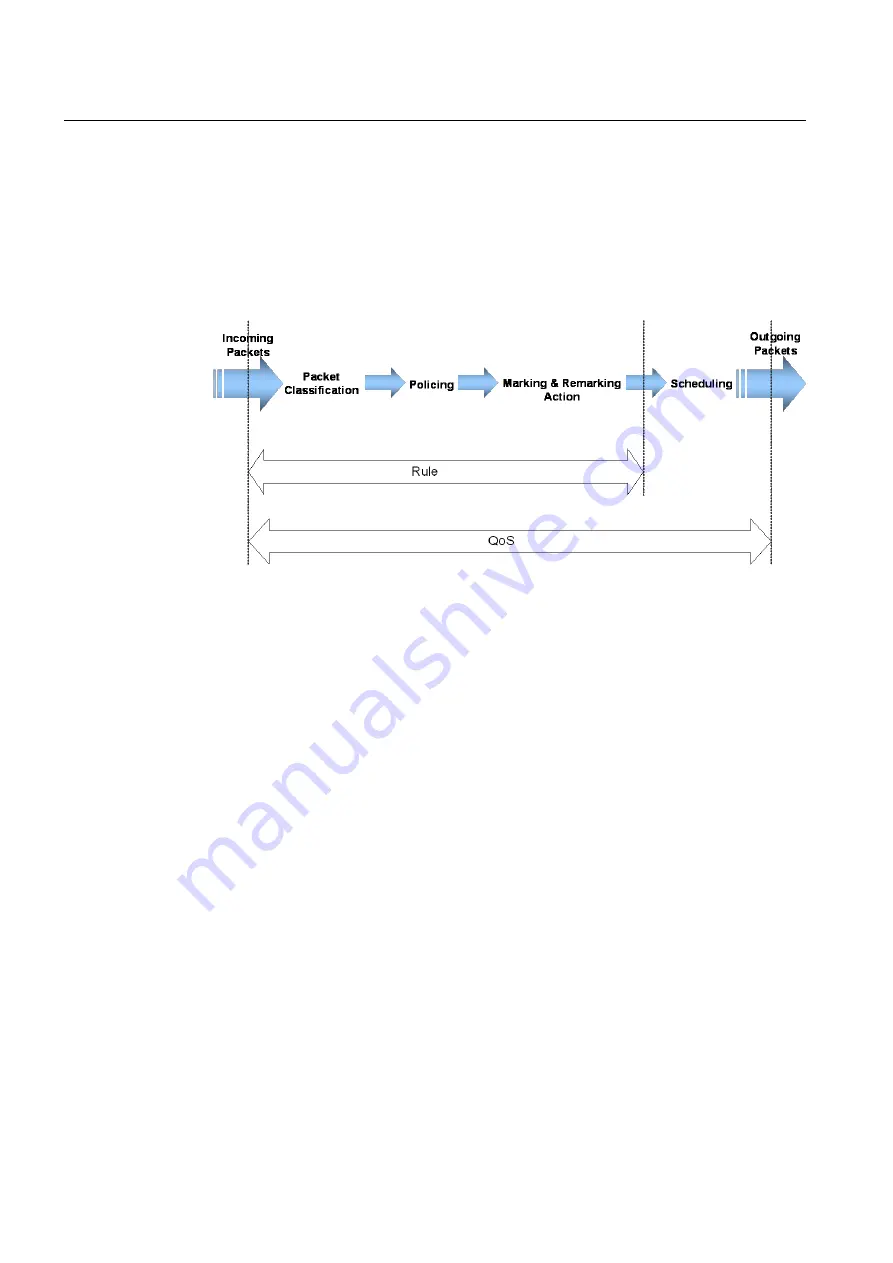
UMN:CLI
User Manual
V8102
330
9.3.1
How to Operate QoS
QoS operation is briefly described as below.
Incoming packets are classified by configured conditions, and then processed by packet
counter and rate-limiting on specific policer. After marking and remarking action, the
switch transmits those classified and processed packets via a given scheduling algorithm.
shows the simple procedure of QoS operation.
Fig. 9.5
Procedure of QoS operation
The structure of Rule has 4 types of categories with different roles for QoS.
•
Flow
Defines traffic classification criterias such as L3 source and destination IP
address, L2 source and destination MAC address, Ethernet type, length, Class of
Service (CoS), Differentiated Services Code Point (DSCP) and so on. A unique
name needs to be assigned to each flow.
•
Class
Includes more than 2 flows for the efficient traffic management in the application of
rule to this set of flows. Additionally, a unique name needs to be assigned to each
class.
•
Policer
Defines the packet counter and rate-limit. The policer adjusts how and what is to be
classified within transmitted packets.
–
packet counter
calculates the classified packets for identifying a flow.
–
rate-limit
defines which packets conform to or exceed the given rate.
•
Policy
Configures the policy classifying the action(s) to be performed if the configured rule
classification fits transmitted packet(s). It cannot only include a specified Flow, Class
or Policer but also set marking/remarking according to the various parameters such
as CoS and DSCP which determine the rule action or priority of packets.
–
mirror
transmits the classified traffic to the monitor port.
–
redirect
transmits the classified traffic to the specified port.
–
permit
allows traffic matching given characteristics.












